Africa was always a dream. It still is the biggest attraction in my life. I often tell my wife that I will always give Las Vegas a pass if the other option is Africa.

Growing up in India was magical…”Oh! The only piece of land on Earth that was blessed with all four big cats – tiger, lion, leopard and cheetah.
Unfortunately, we lost the cheetah in the 1850s thanks to indiscriminate hunting by the Maharajahs and their colonial cousins.
There was a time when the delicious roar of the magnificent Royal Bengal tiger came almost from the neighborhood and the imprints of its visit on the garden soil very visible the next morning. So tells my dad who grew up in the thickly forested state of Assam in India.
And my dad was the one who introduced me to gems like Hatari and African safari. Those movies stirred my soul and woke up the latent love for wilderness at a very young age.
And then followed those legendary documentaries that brought Mara, Serengeti, Chobe NP, Okavango Delta, Mashatu Game Reserve, Kruger NP, Etosha NP, Mala Mala right inside our home in India.
Africa was not far anymore.
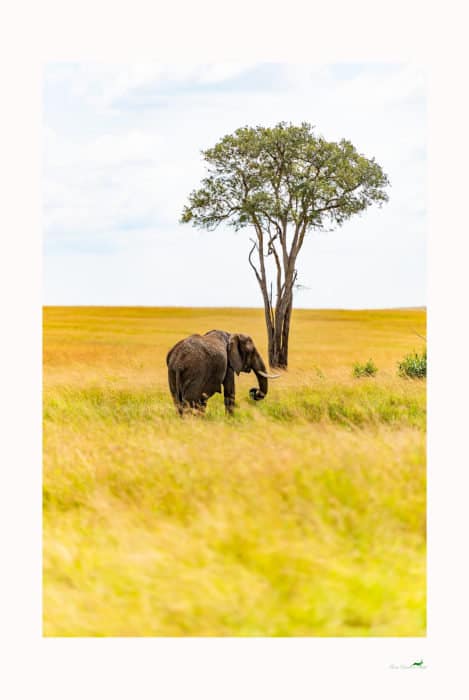
While growing up, nerve-racking, spine-tingling, heart-pumping stories of hunting man eating tigers and leopards in India by legends like Jim Corbett and Kenneth Anderson ensured that my passion for the wild and the wilderness was set on a never-ending all-consuming fire.
And stories by forest guides and jungle guards about their encounters with tigers, leopards, elephants, sloth bears, wolves, jackals, hyenas went a long way in painting a magical and mysterious picture of the jungle in my heart and mind.
In August 2007, I made my way into the Jim Corbett National Park armed with a fine but borrowed point and shoot. Since then I have progressed to be a professional natural history photographer with access to a fine array of Nikon equipment.
Africa was always on my mind, but affordability was a big question mark too.
While the wait for Africa was on, I followed the footprints of the magnificent Royal Bengal tiger, the majestic leopard and the awesome Asiatic elephant across the length and width of India’s magnificent jungles.
The sight of an adult Royal Bengal tiger under golden sunlight leaves you awestruck.
In fact, the magnificence of this biggest cat of them all is so overpowering that 12 years later, the hunger for an encounter with the striped one is stronger than ever.
No wonder Jim Corbett could never stop gushing about the tiger and called him “A magnificent gentleman”.
On the tele, I was following the other big one – the lordly lion. Oddly though I have not pursued the Asiatic lion so far, which has been relegated to its only habitat in the state of Gujarat in India.
The African lion with its flowing mane – worthy of poetry – was out of my reach for many years.

Africa was far… well… now I know it is not that far because I have grown up, made a nice banking career for myself and have earned a bit of money. However, it seemed far for the longest period.
The Internet with its ocean of information on myriad tour operators asking for tens of thousands of dollars while staking claims of being the best in class did not make my pursuit of Africa easier.
I realised there were too many parties out there who made a living by taking people for a ‘ride’ to Africa.
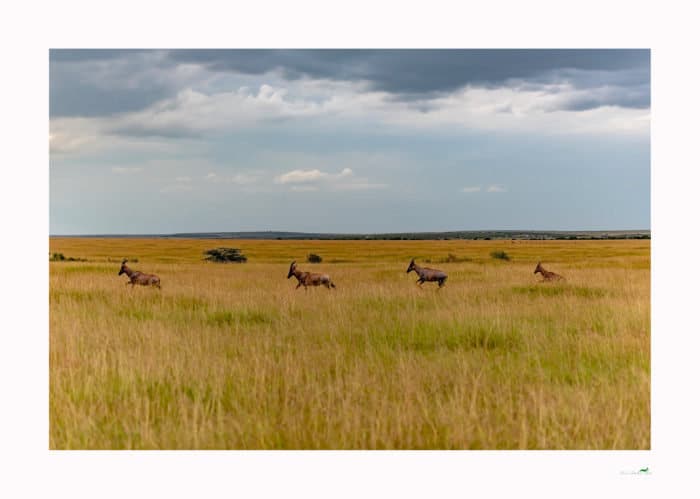
Fortunately for me, there was a friend at work in the background. He was on a proper R&D program on making African safaris possible for crazy wildlife lovers like him and me while keeping the budget in check and delivering a superior experience at the same time. God bless him.
Thanks to his efforts, I had my first and fabulous trip to Masai Mara in 2018 – at just about USD 2,500 all-inclusive for a 6 nights trip.
We had a customized and brand new 10-seater Land Cruiser for the 4 of us, stayed at the very loving and warm Mara Olapa Camp, and had awesome food throughout!
And the icing on the cake? Bonding with a bunch of Masai friends with whom we are so bloody thick now.

March 2020 will find me in Tanzania – a trip that I have designed end to end with the experience that I gathered while working with my friend on the first one. So intense has been our ground work that Africa does not seem distant anymore.
Amboseli and Mara will follow Tanzania and then Mana Pools. So, if you are a passionate photographer waiting to hit the road in Africa or exploring ways to become more efficient with your expenses, you might want to consider these tips:
1. Design your own trip.
2. In general, avoid jungle tour operators – they have 100% or more margin that obviously you fund.
3. There is merit in building contacts on the ground. It is a painstaking exercise but well worth the effort.
4. Facebook and Instagram are great places to hunt for such contacts.
5. Look for passionate wildlife lovers who travel frequently to Africa. Engage with them for they will know all the right combinations and configurations.
6. Especially in Kenya and Tanzania make friends with the Masai. They are wonderful people who will create a very efficient and cost-effective Africa program for you while ensuring high levels of service and hospitality experience.
7. As a passionate wildlife lover, I don’t go to Africa with the mindset of staying at the Ritz Carlton. I prefer comfortable camps with good facilities that give me the feeling of being right in the lap of raw African wilderness.
This helps me achieve better cost efficiency too. And these guys know what crazy photographers want. That is why I loved staying at the Mara Olapa camp.
8. As a dedicated professional photographer, I have been able to identify Masai contacts who understand the needs of crazy photographers.
They have expert knowledge of animal movement and provide vehicles that are configured with the photographer’s needs in mind.
If you are a passionate photographer, then there is no one better to go on game drives with than such Masai people. They double up as driver and guide and save space in the vehicle. Plus, they are a whale of fun.
9. Avoid suitcases on these kinds of trips. After all you are going to a jungle and all you need are comfortable shorts, cargoes, a pair of jeans, tees and floaters.
Then why a suitcase? And there are some who travel with a hardtop one! All you need is a nice duffel bag. Travel light and easy.
10. Your expensive DSLRs and lenses must be carried in a proper bag that can fit the overhead bin of a standard Airbus or Boeing airliner. Both ThinkTank and FStop Gear have some great options.
11. Never check your photographic gear in unless you are carrying them in those bulky custom-made hardtop cases like the ones made by Pelican.
In that case be ready to pay for excess luggage especially if you are carrying a lot of pro equipment.
12. The lenses I prefer most for Africa are the Nikkor 14-24/f2.8, 70-200/f2.8 and 200-400/f4. Each one a killer lens and is meant for a specific purpose.
No fixed focal length primes for me simply because they are not adaptable for different scenarios. They are good for those who are focused on bird photography.
Unlike India, wildlife in Africa is generally much closer and the wilderness is largely made up of open spaces. Hence, a prime lens is not required.
What you need are fast high-quality glasses that cover a wider spectrum of focal lengths giving you the much-required flexibility.
13. So far, I have carried a combo of D800 and D750 for my shoots. I am replacing the D800 with D850 and will continue to use the D750 for landscape shots.
I prefer my lenses to be tagged with a body each to avoid any kind of juggling when I am in action. This is also an efficient and safer way to handle sensitive and expensive equipment.
14. I totally avoid tripods / monopods. They are bulky, add to your safari luggage and a pain in rough terrain. I trust bean bags and pillows totally.
They can be picked up and positioned anywhere in a flash and afford very steady shots.
15. I prefer spare batteries to battery grips as that helps in reducing the weight of my equipment.
16. Nothing protects your photo equipment from rain better than high quality industrial grade PVC packets.
I always carry a bunch with me and right at the first hint of rain, quickly pack the stuff into these PVC packets and shut them off with tough rubber bands.
Thereafter, I just push the packets quickly beneath a seat. The safari vehicle is well covered as well. Thus, the well-being of my expensive and very dear photography equipment is ensured.
17. To protect your equipment from fine dust, always cover them up with soft white cotton fabric.
In India, you get something called the “Dupatta” – a kind of stole worn by women. I have a bunch of them with me on safaris and use them to cover up my equipment nicely.
18. You can also use the Dupatta to wrap your face and neck when the sunlight becomes harsh. This is a great way to protect your face from sun burns.
Carry a water sprayer like the ones they use in salons and spray onto your Dupatta covered face. This will ensure your face stays cool and hydrated.
The Dupatta also protects your head from dust and grime and the water spray keeps it cool.
These are tried and tested ways of managing harsh sunlight and heat in the jungles of India. And they worked very well in Masai Mara too.
—
I hope you enjoyed reading this little story about my journey through the wilderness of Africa and India, and also found the tips useful.
I invite you to visit my website www.fromdawntodusk.in for an insight into my world of natural history photography.
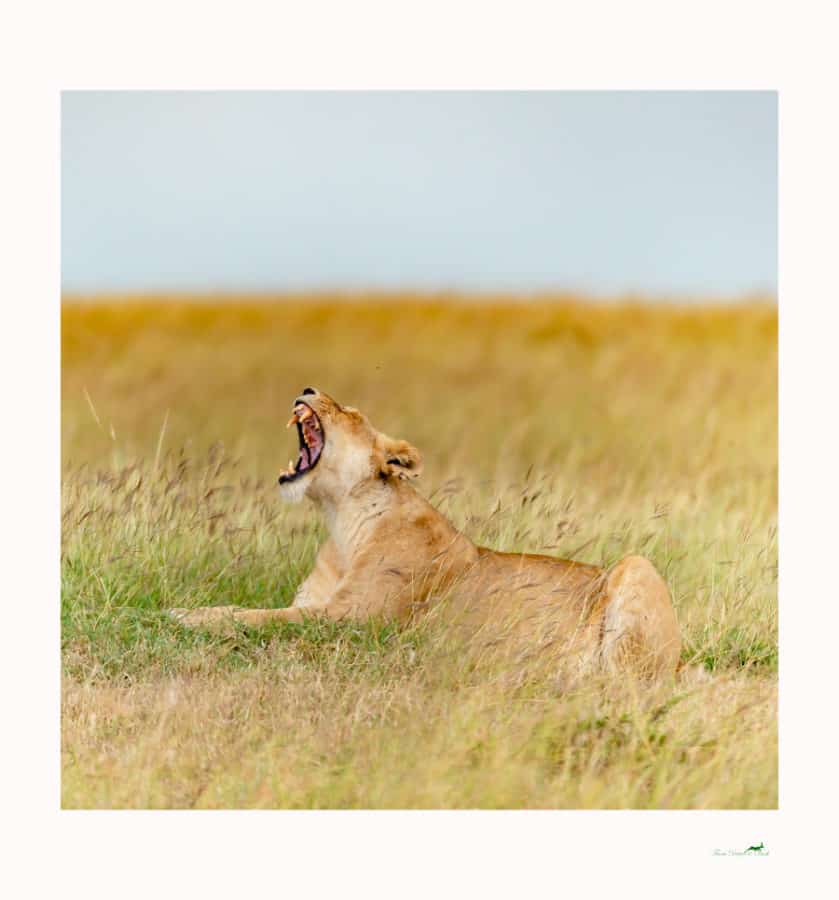
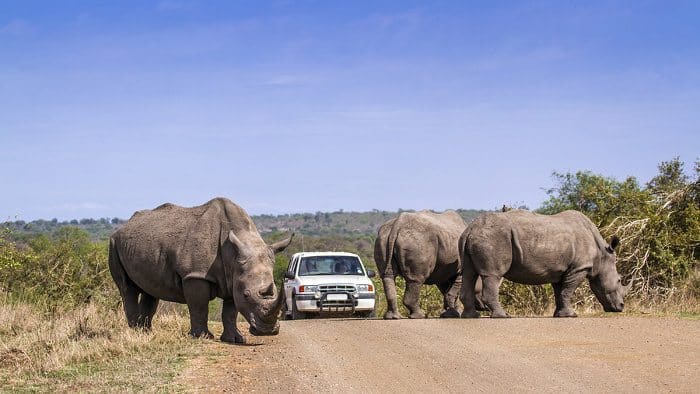
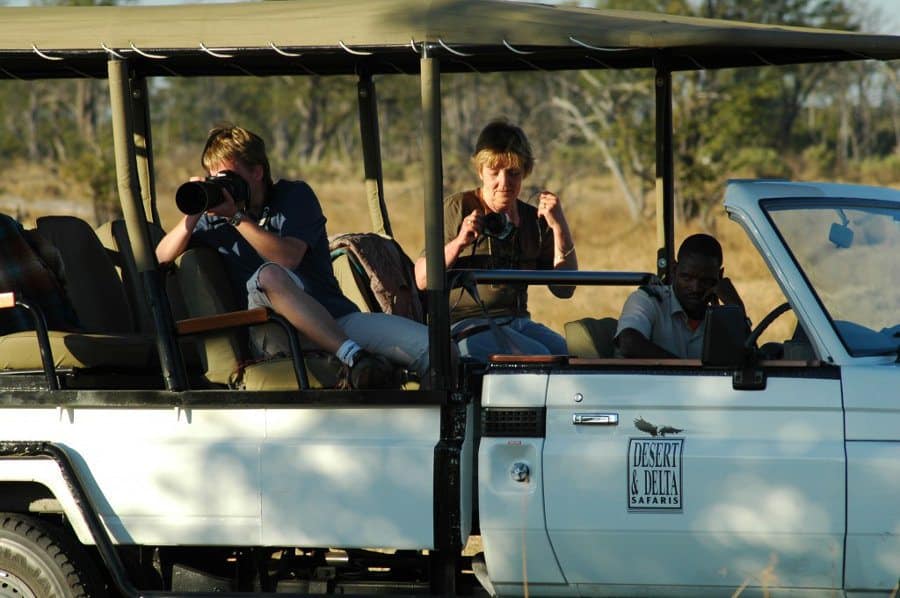

Very well written, thanks.
It’s wonderful to see those pics which really would have taken a lot of your patience and time. It’s really awesome Deb.